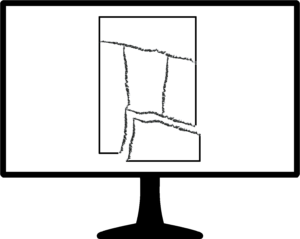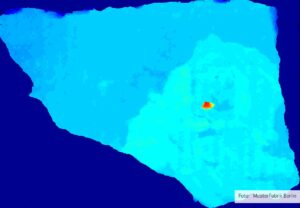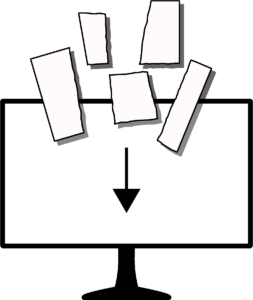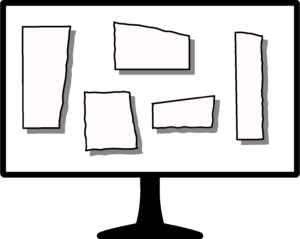
In archaeology, paleontology or forensics, one is often confronted with find complexes of large quantities of randomly intermixed (three-dimensional) fragments. The protection as well as the restorative and scientific processing of the material is currently not usually carried out as digital repositioning, but rather in elaborate, manual work processes. Salvage and transport, as well as attempts to sort individual fragments and combine them into larger segments, often stress the fragile find material and, in extreme cases, can lead to loss of substance.
MusterFabrik Berlin is currently developing systems to digitally secure fragile objects both gently and with a reasonable amount of time, and to prepare them for subsequent restoration and scientific processing, i.e., for example, digital repositioning.
Time-Efficient 2.5-D-processing of 3-D-Objects

© MusterFabrik Berlin
The methodology we have developed is designed for the digital processing of 3-D objects with specific geometric properties, such as wall plaster or mosaic fragments. These so-called 2.5-D objects have a raised (plastered) back side and a flat (motif) front side. If the flat side contains features that can be evaluated for further digital processing, complete processing of 3-D data can be dispensed with.
Our approach differs in principle from the usually common approach in 3-D. Here, the advantages of 2-D and 3-D processes are combined reasonably and efficiently by processing only the most significant features “from both worlds”. Since no complete 3-D acquisition of the objects is required, the very time-consuming 3-D digitization and the downstream complex extraction of 3-D object features can be omitted.
Digital Repositioning of 2-D Considering 3-D Depth Information
Unlike a 2-D puzzle, where the puzzle process only takes place in one level, in “classic” 3-D processing the puzzle pieces can generally be positioned freely in space. This results in a further degree of freedom in determining their correct arrangement, so that the combinatorial effort is correspondingly much higher than in the two-dimensional case.

© MusterFabrik Berlin
In our 2.5-D approach, the 3-D puzzle is reduced to a “2-D puzzle considering depth information”, with the inclusion of depth information indicated by the “0.5-D” portion. Here, the depth information must be generated in advance during digitization from a 3-D image of the raised fragment back.
By means of a one-to-one projection of the depth information onto the reference level of the plane surface, the flat and the raised outline of the fragments can be suitably distinguished in the subsequent process. For geometrically more complex cases, in which not the flat motif layer but the raised (back) side of the objects forms their outer border, the transitions between motif and plaster layer are also detected and masked on the front side.

Front sides of two 2.5-D fragments (original and with masked plaster surface);
motif surfaces “butt-jointed”; masking of plaster overlap
In 2.5-D repositioning, the motif layer represents the puzzle level in which the fragments are shifted or rotated and, in the case of a fit, digitally glued. If the 2-D images of the reverse sides show other characteristic features in addition to their depth information, these can also be used in the repositioning process alongside the motif images of the front sides. This procedure results in a transition from classic 3-D to 2.5-D processing.


